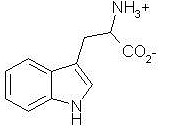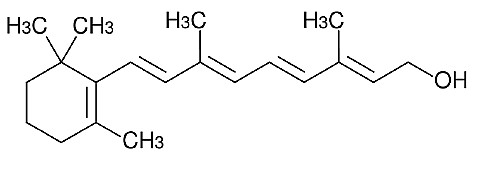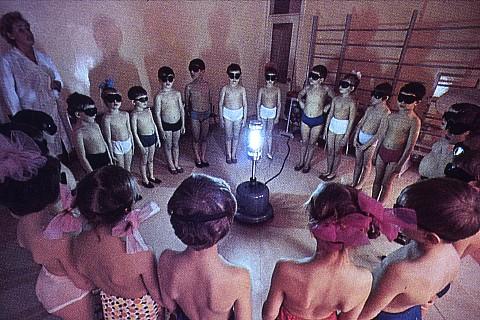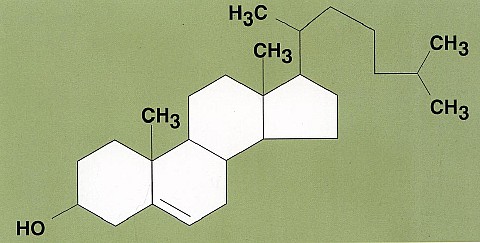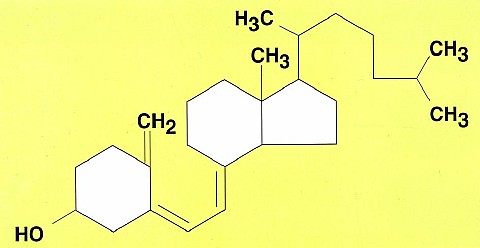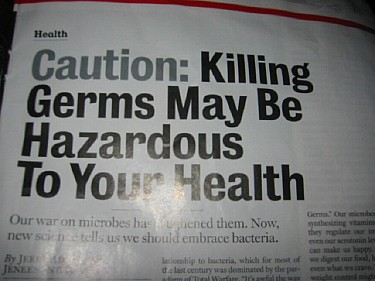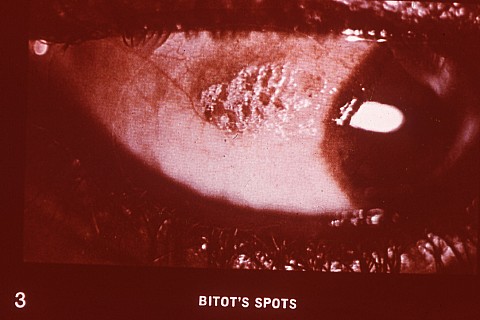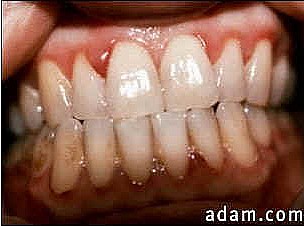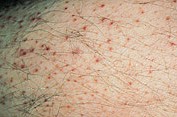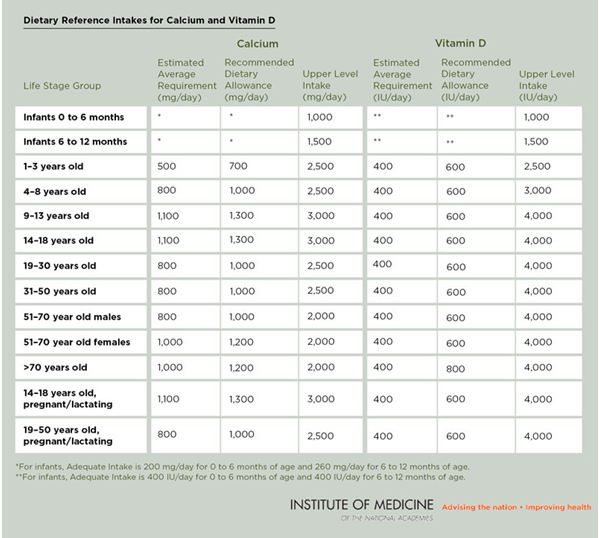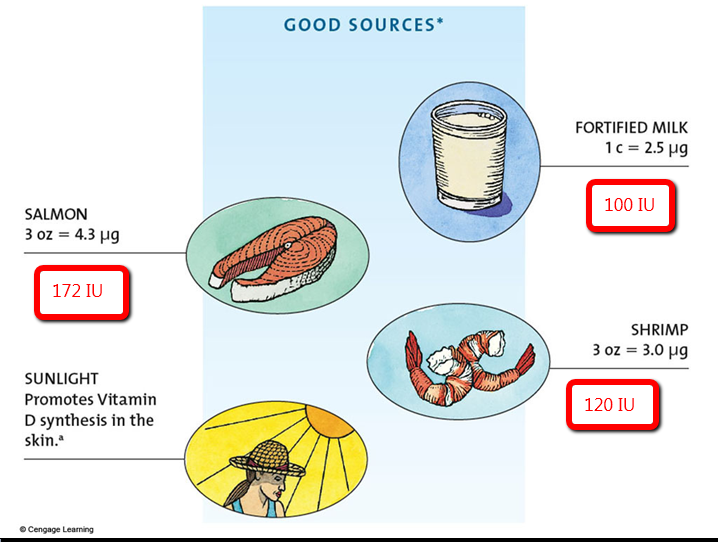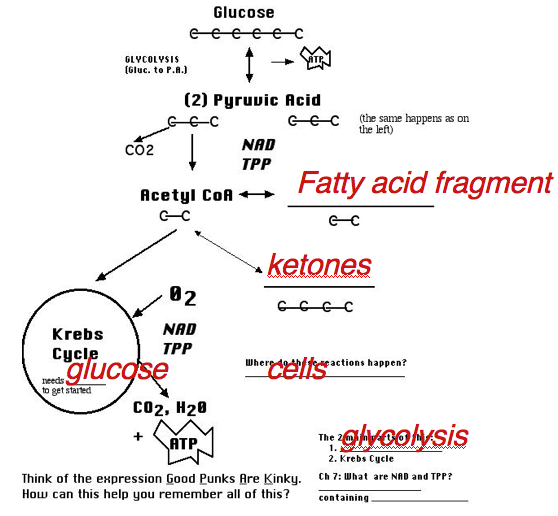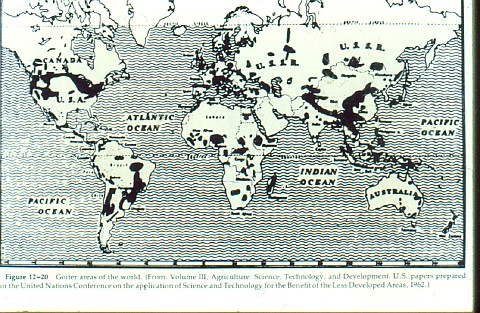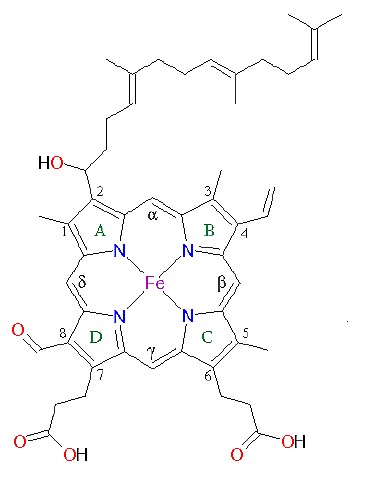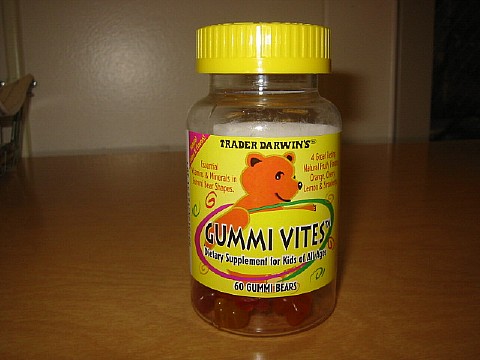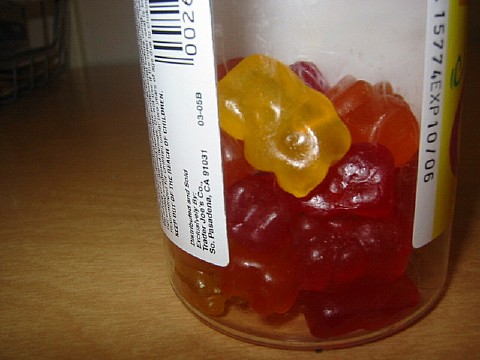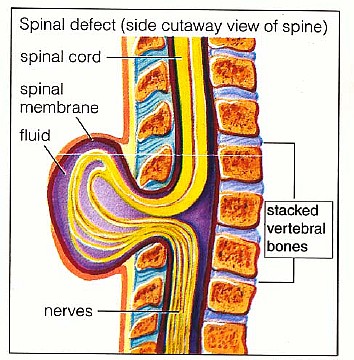Tamberly Powell, M.S., R.D.
Health Professions Division
Lane Community College
Eugene, Oregon
There is an Exam 3 Study Guide posted in week 6 of moodle.
If you do not meet the exam deadline, as of
the following Monday, you may
take a makeup exam at the Testing Lab on the LCC Main Campus (CENTER
456). Students taking this exam in the Testing Lab are allowed
to use only ONE 3 x 5 notecard
(both sides).
Questions from the, "Fats in
Food Activity" (posted in week 5 of moodle) will be on the exam. I
am not posting a key to this handout, the
wiki will be your "key" to this handout. Note:
you
no longer can receive extra credit points for contributing to the wiki
as of Sunday of Week 5.
I will also be posting an exam question based on the forum discussions for lipids and protein (week 5 and week 6 forums).
FORUM
for Week 7:
2. How have your nutritional habits changed since you've been taking this class?
3. Looking at your diet analysis printouts, what vitamin did you get the least of? What percent of the recommendation did you eat? What is a realistic dietary change you could make to get more of this vitamin?
4.
Read
Controversy
7
(about Vitamin Supplements) at the end of Chapter 7 of our text. What
is one thing you read that is interesting to you?
A vitamin is defined as an essential non-caloric organic nutrient needed in tiny amounts in the diet. As you learned in Week 1, vitamins are organic and DO have calories, but they don't have calories for us because we don't make the enzymes we'd need to break vitamins apart to release the energy. So that's what I mean by non-caloric. There would be very little energy there for us anyway- GRAMS of starch, sugar and fat give us a lot more energy than MILLIGRAMS of vitamin C. And we need that vitamin C for important functions in the body.
A mineral is defined as an essential non-caloric inorganic nutrient also needed in tiny amounts in the diet.
Vitamins can be divided into 2 categories:
- Fat-soluble
vitamins are absorbed with fats from food into lymph then travel hooked
to protein carriers (“boats”) and they are stored in fatty
tissues. As you can see with the image below, fat-soluble vitamins include vitamin E, vitamin A and its precursor beta-carotene, vitamin K and vitamin D.
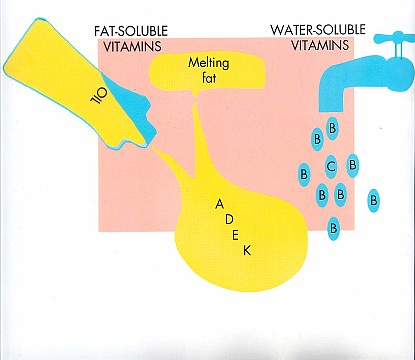
Beta-carotene is fat-soluble, but most foods with beta-carotene, like carrots, are low in fat. It takes very little fat for that beta-carotene (a pigment) to be soluble.
I got some carrots I was grating in my lap and didn't notice them until they'd been there for awhile. The beta-carotene pigment stained the skirt and it took several washings to remove the stain.
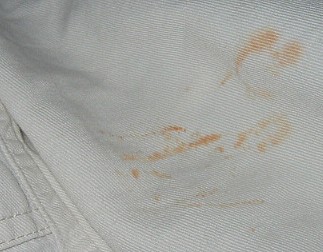
- Water-soluble vitamins are absorbed directly into blood where they travel freely (NOT hooked to protein carriers) and are not stored in body but tissues can be “saturated”. Water-soluble vitamins include vitamin C and the 8 B-complex vitamins, including the lesser-known biotin and pantothenic acid, as well as vitamin B6 (pyridoxine), vitamin B12 (cobalamin), thiamin (vitamin B1), folate, niacin (vitamin B3) and riboflavin (vitamin B2).
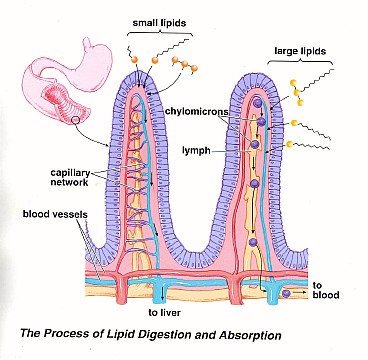
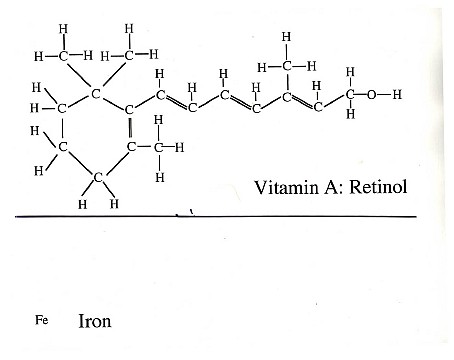
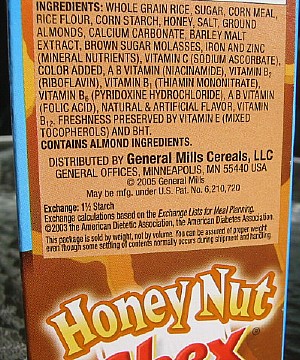
Looking at the Ingredient list for Honey Nut Chex cereal, which ingredients are:
- Fat-soluble vitamins
- Water-soluble vitamins
- Minerals
Vitamin A and vitamin C are both organic. But Vitamin A is a fat-soluble vitamin so it is absorbed into the lymph, and travels with a carrier and is stored.
Vitamin C is a water-soluble vitamin so it is absorbed directly into the blood, travels without a carrier and is not stored.
Plants get vitamins by making them because they need them to function. Many of the vitamins that plants make are actually antioxidant pigments that they make to help them with photosynthesis. And each plant has its own set of pigments that it needs. A plant making orange carrots needs carotenes while a plant making cream-colored parsnips needs flavones.
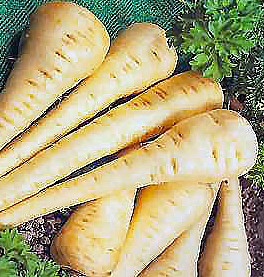
Parsnips
Vitamins can be made in the body in 2 ways. One way is from precursors, which are something that can be changed into an active vitamin. For example, niacin can be made from the amino acid tryptophan.
